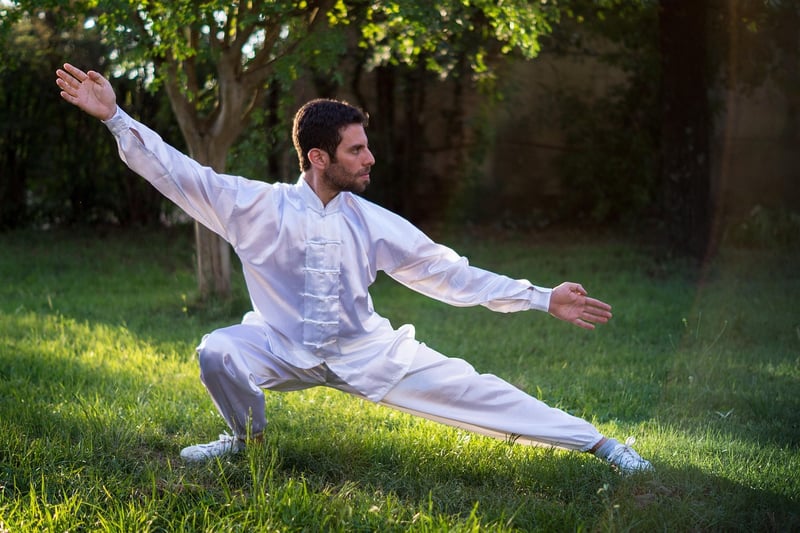Wu Style Tai Chi
The Art of Wu Style Tai Chi: A Gentle Martial Art for Balance and Relaxation

Are you looking to improve your balance, reduce stress, and enhance your overall well-being? Wu Style Tai Chi could be the perfect martial art for you. Known for its slow and graceful movements, Wu Style Tai Chi is a gentle form of exercise that focuses on cultivating inner strength and promoting relaxation.
The Origins of Wu Style Tai Chi
Wu Style Tai Chi is named after Wu Quanyou and his son, Wu Jianquan, who developed this particular style of Tai Chi in the late 19th century. It is characterized by compact movements, subtle shifts in weight, and an emphasis on softness and relaxation.
Benefits of Practicing Wu Style Tai Chi
- Improves balance and coordination
- Enhances flexibility and strength
- Reduces stress and anxiety
- Promotes relaxation and inner peace
- Boosts energy levels and overall well-being
How to Get Started
If you're interested in learning Wu Style Tai Chi, look for local classes or instructors who specialize in this particular style. Many community centers, martial arts studios, and wellness centers offer Tai Chi classes that cater to students of all levels.
It's essential to practice regularly and be patient with yourself as you learn the movements and breathing techniques. Over time, you'll experience the full benefits of this ancient martial art.
Experience the Harmony of Body and Mind
Wu Style Tai Chi is not just a form of exercise but a way of life that promotes harmony between body and mind. By practicing this gentle martial art, you can achieve a sense of balance, relaxation, and inner peace that will benefit you both on and off the mat.
So why not give Wu Style Tai Chi a try and embark on a journey towards holistic well-being and self-discovery?
Remember, the key to mastering Wu Style Tai Chi lies in consistent practice, mindfulness, and a deep connection to the movements and energy flow.
